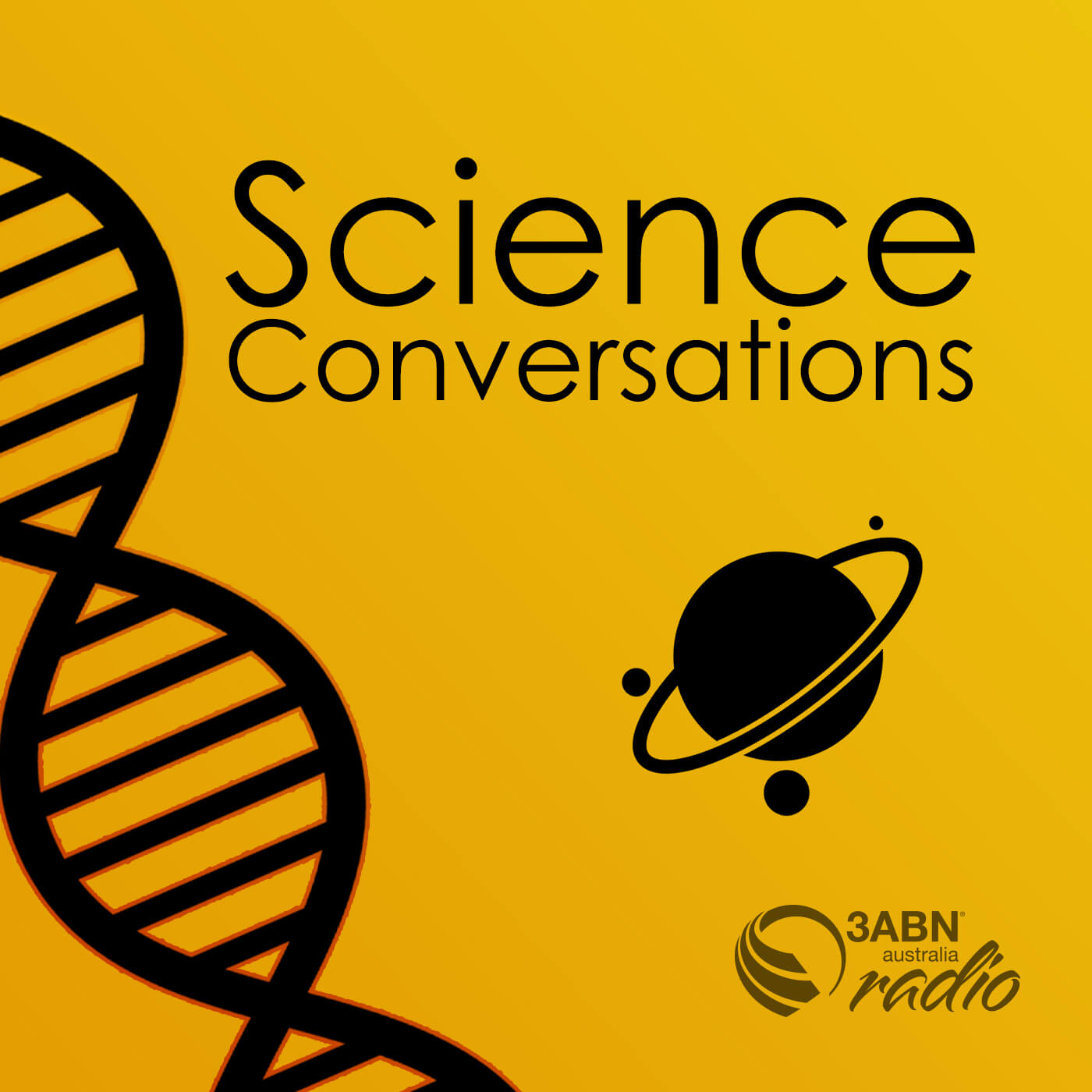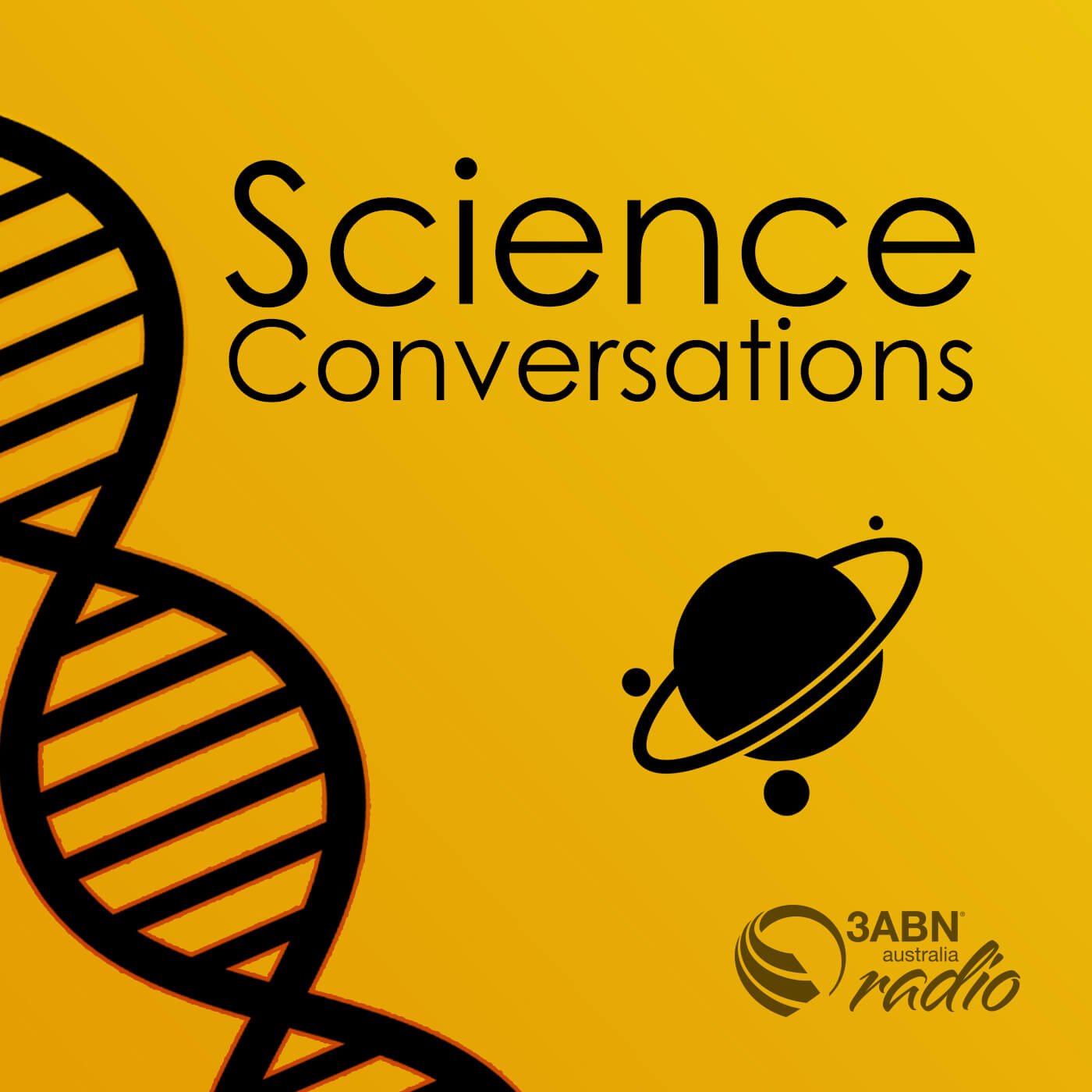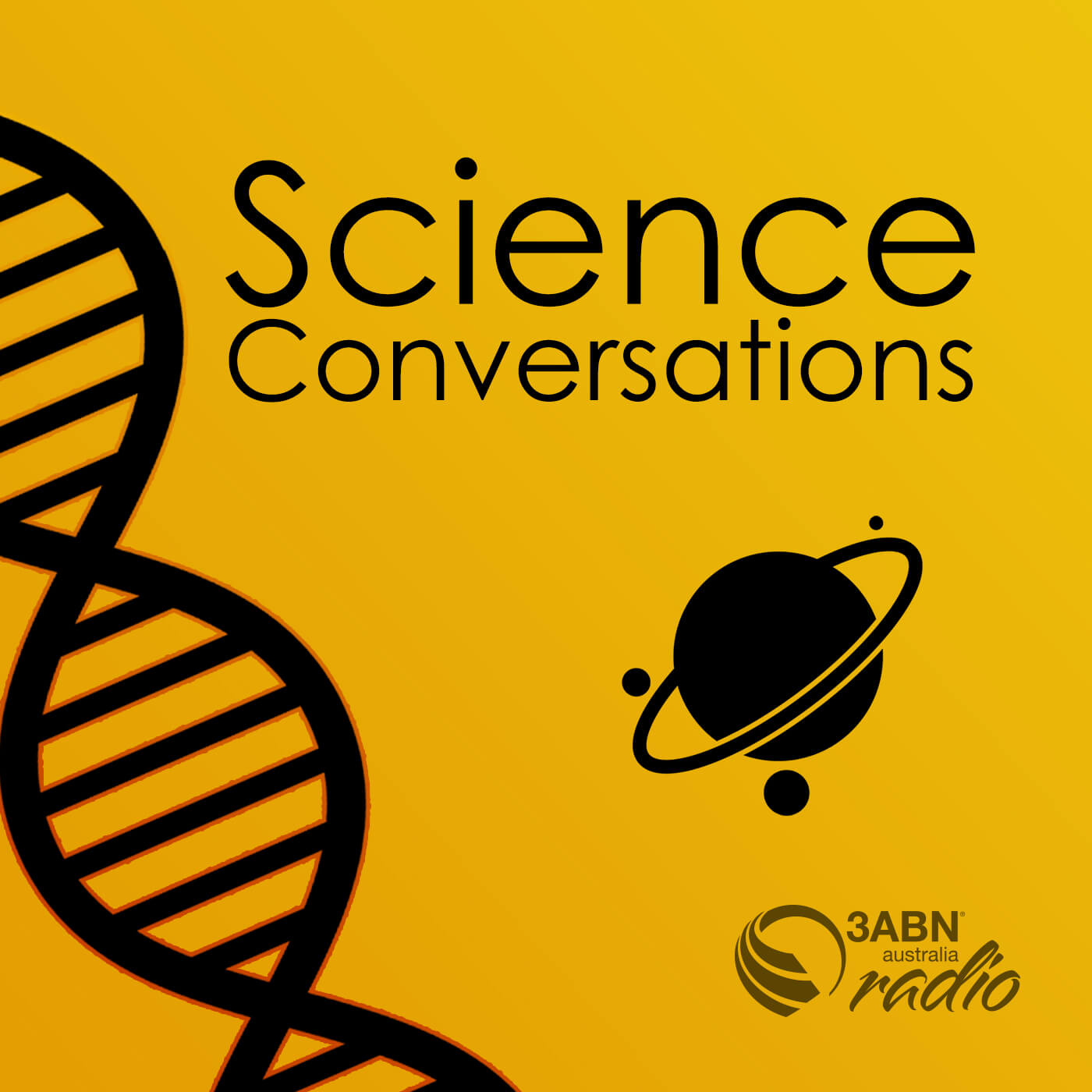Episode Transcript
SPEAKER A
Welcome to Science Conversations. I'm Kaysie Vokurka. Can new organisms form from random mutations? Joining me to discuss part one of this topic is Dr. John Ashton. Welcome to the programme, Dr. John.
SPEAKER B
Hello, Kaysie.
SPEAKER A
Good to have you here again. Dr. John Ashton has written a book entitled Evolution 12 Reasons why Evolution Cannot Explain the Origin of Life on Earth. And we're going to be referring to his book in this programme. We're looking at the content of chapter four today. So, John, can you remind us briefly about Darwin's claims how the diversity of organisms we see around us evolved?
SPEAKER B
Yeah, sure. So Darwin's concept was that mutations occurred just naturally in nature and these mutations could accumulate. And then the whole idea of survival of the fittest or natural selection would weed out those weaker mutations or unsuitable mutations, leaving beneficial mutations. And then after a while, the accumulation of a lot of beneficial mutations would lead to a new species. And then over time, new species would change again. And so we'd get further and further till eventually we produced a new type of organism. So typical, you know, a fish would eventually change into an amphibian, this sort of thing.
SPEAKER A
Yeah, okay, right. So that was his idea. And then, of course, scientists have spent a lot of time trying to see how valid that idea is. And in terms of evolution, of course, we see a lot of things happening around us in terms of species change and adaptation, but there are different types of evolution. So can you explain the distinction between them?
SPEAKER B
Yes, Evolution is such a broad term and it refers to a lot of changes that we do observe occurring in natural systems. Now, some people, such as Dr. Dr. Richard Dawkins, have written books such as Evolution the Greatest show on Earth and claim that evolution has been observed, evolution is now a fact, and this sort of thing. And so we really need to examine what sort of evolution we have observed. And the important point that we need to understand is that the evolution that produces new types of body parts which would result in a new species or new type of animal or plant, has never been observed. This is very important to state up front that no one has ever observed the type of evolution that produces a new type of body part or a new type of biochemical system and so forth. What we observe are different types of evolution now that don't involve new types of genetic information. And to clarify this, in my book, I divide them up into type 1, type 2 and type 3 evolution, because otherwise we get confused remembering which type of evolution. So type 1 evolution is the most commonly described type of evolution in textbooks, and it revolves around the loss of Existing code. In other words, an organism has a certain amount of genetic code and then a mutation occurs which damages some of that code and it has less code. Okay. And so that can result in a change occurring that changes the, you know, the form of the species. And this sort of thing typically like.
SPEAKER A
A change of function or something in how the organism is.
SPEAKER B
Yeah, a change of colour, change of hair length, all these sort of things. So you lose the genes for long hair, for example, and you only have short hair. Now these sort of things, these sort of changes can occur. Now another type of type 1 evolution that occurs, that's often described in textbooks and is quite rarely observed, is that when animals can have quite a diverse range of different genetics. So if we just look at colour, so say we've got mice that have the genes for light coloured fur and genes for dark coloured fur and as they parents breed you get a mixture. But say there's a drought and a lot of the vegetation dies and the area becomes more desert. The dark coloured fur against say a white sandy background are more easily picked off by the owls and other predatory birds. So you're left mainly with the light fur mice breeding and carrying on. But there's still, some of those will still be carrying the dark genes but they won't be as common, so they'll mainly be producing the light coloured fur. Now what happens is if some of those mice move away and move into an area where there's a lot of dark soil and somebody starts doing observations in that area and then suddenly they see some light coloured mice evolving. So what it means is that some of those dark parents, only a small number, were still carrying some genes and then suddenly they've appeared, appeared again. So this is a classic example of type 1 evolution where the genes are there, they're not switched on, they're not very dormant, I mean they're dormant and so forth. So these sorts of evolutionary changes are observed. Classic example would be the light and dark coloured moths. During the Industrial revolution in England, the soot from all those steam engines began to accumulate. So the light coloured moths were picked off and left mainly dark coloured moths, these sort of things. So that's the most common form that we see. Now the other type of evolution, which I call type 2 evolution, is where small pieces of existing code are transferred from one organism to another organism via what we call a plasmid or a prion. And so little pieces of code, particularly in bacteria and these sort of organisms can be transferred to another organism. So for example, in the case of E. Coli we can have say a little bit of a toxin, say from Salmonella, highly toxic bacteria may get transferred as all these bacteria are together, say in a sewage treatment plant or something like that, or some sort of food processing plant that gets contaminated with some faeces, then some of the toxin from the Salmonella bacteria can actually transfer by little pieces of the code and end up in an E. Coli. So it doesn't occur that often. But when you're having millions of these organisms all together, this transfer sometimes occurs. And so now you have toxic genes in an E. Coli. So E. Coli, for example, HO157, which a highly toxic one was believed to have evolved that way and that caused a lot of problems in humans earlier on.
SPEAKER A
And this is obviously just occurring naturally. Like man hasn't interfered to do that, have they?
SPEAKER B
That's right. So this is what we call type 2 where you have again pre existing code is transferred to another organism by some mechanism. Now type 3 evolution which I talk about, this is the type that would produce new code. So this is some sort of mutations that produce new code. Now one of the things is, and leading, I'm not the only scientist that says that this has never been observed. For example, Dr. Lee Svetner, a biophysicist who taught at Harvard and John Hopkins in one of his books also points out that this type of evolution, type 3 evolution, where you have a mutation leading to new body parts, has never been observed. There's no examples in the literature of this occurring. And the reason is twofold, that most living organisms have mechanisms to preserve the DNA and to eliminate mutations. And so mutations are less likely to carry on. Secondly, a lot of most of the mutations are deleterious. They cause damage to the organism or they're either or they're harmless. Any positive mutations again have to go through a mechanism of cleaning up and preventing mutations that are built in. So the chances of a beneficial mutation getting through are very, very low. If they did, and secondly the complexity that we would to produce one or to have some meaning the code would be very, very large. So statistically it's impossible as well. Now experiments have been done, Dr. Richard Lensky performed some experiments in that sort of area to try and prove it, but there was no result.
SPEAKER A
Now of course, that type three evolution, that is a fundamental necessity in order for Darwin's theory to have validity, isn't it? That we would see that occurring and that that did occur. If Darwin was right in his way of describing evolution, Is that correct?
SPEAKER B
Well, that's right. We should have experimental evidence for it. So the bottom line is we have no experimental evidence for type 3 evolution, the type of evolution required to produce a Darwinian type change occurring. And this is very important because textbooks describe all these other types of evolution type, you know, evolution and you know, the type one mechanism of deleting part of the existing code is used in plant breeding programmes where we deliberately damage the code using chemicals or radiation to knock out particular genes to knock out so that we change the characteristic of the plant and maybe make them more drought resistant or these sort of things. And there's been classic examples of this too. In the case of some women in Africa that developed resistance to the HIV virus and what had happened was they had had a mutation that eliminated the HIV transport mechanism, the gene that produced the transport mechanism. So those women, the virus couldn't get into the cells of those women and they had this particular mutation of this particular gene. But the downside was that mutation also made those women very vulnerable to a particular liver disease. So again, most of these mu end up with harmful consequences. But that was just a random thing that occurred. Okay, yeah, so we get plenty of examples of the loss of code. But the thing is that we need to build code to make a new organism. We've got to build new code, we've got to have new code. All the examples of so called, of evolution that I've seen in books, in textbooks written up as classic examples where people observe evolution occurring are examples where existing code is lost or pieces of existing code are transferred across into another organism. No new code is involved. And that would be very important to underpin Darwin's theory of evolution.
SPEAKER A
Fundamental. Absolutely. Okay, well next time we are going to continue to examine this question. Thank you. Dr. John. Can new organisms form from random mutations? So be sure to join us for that conversation.


